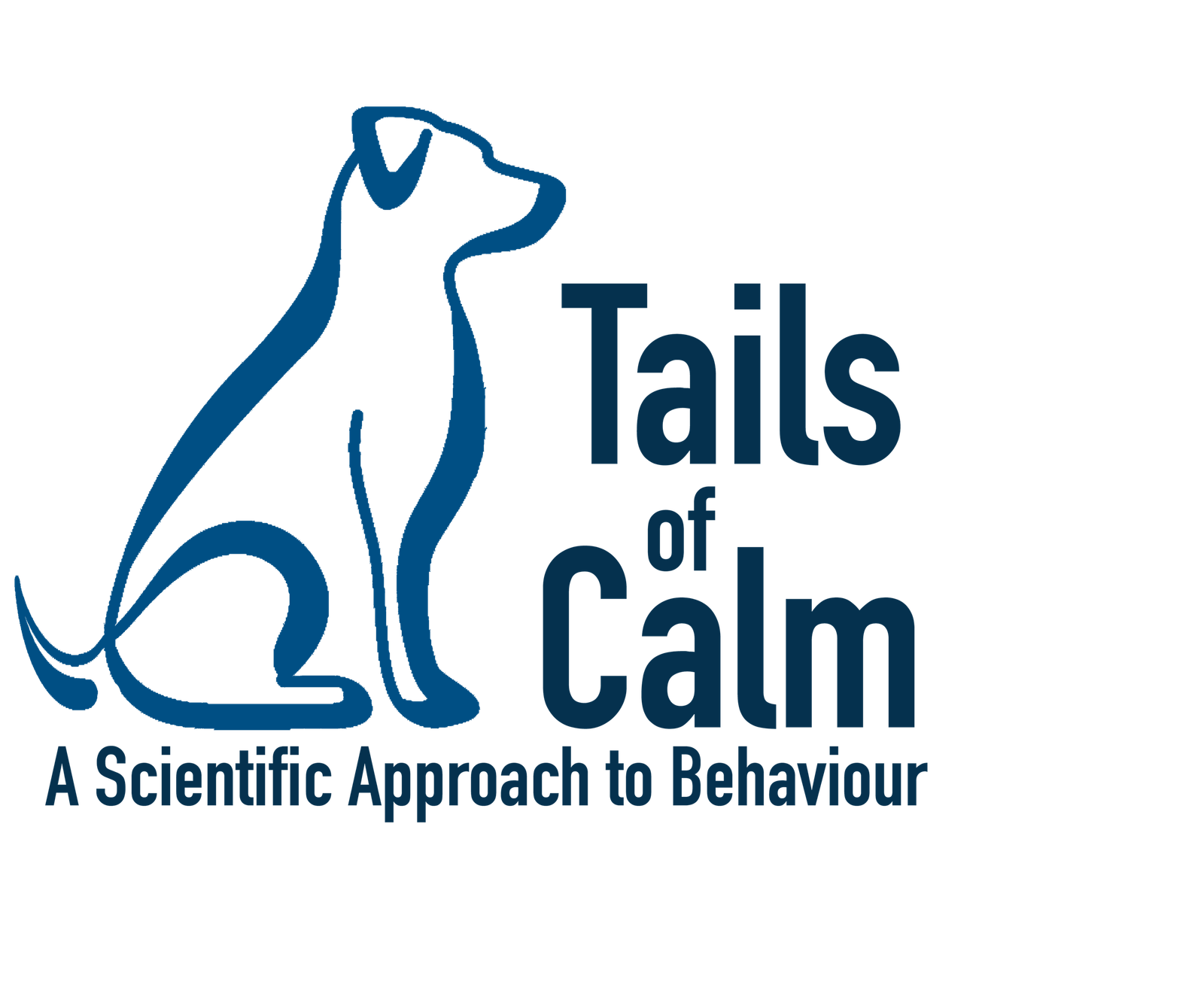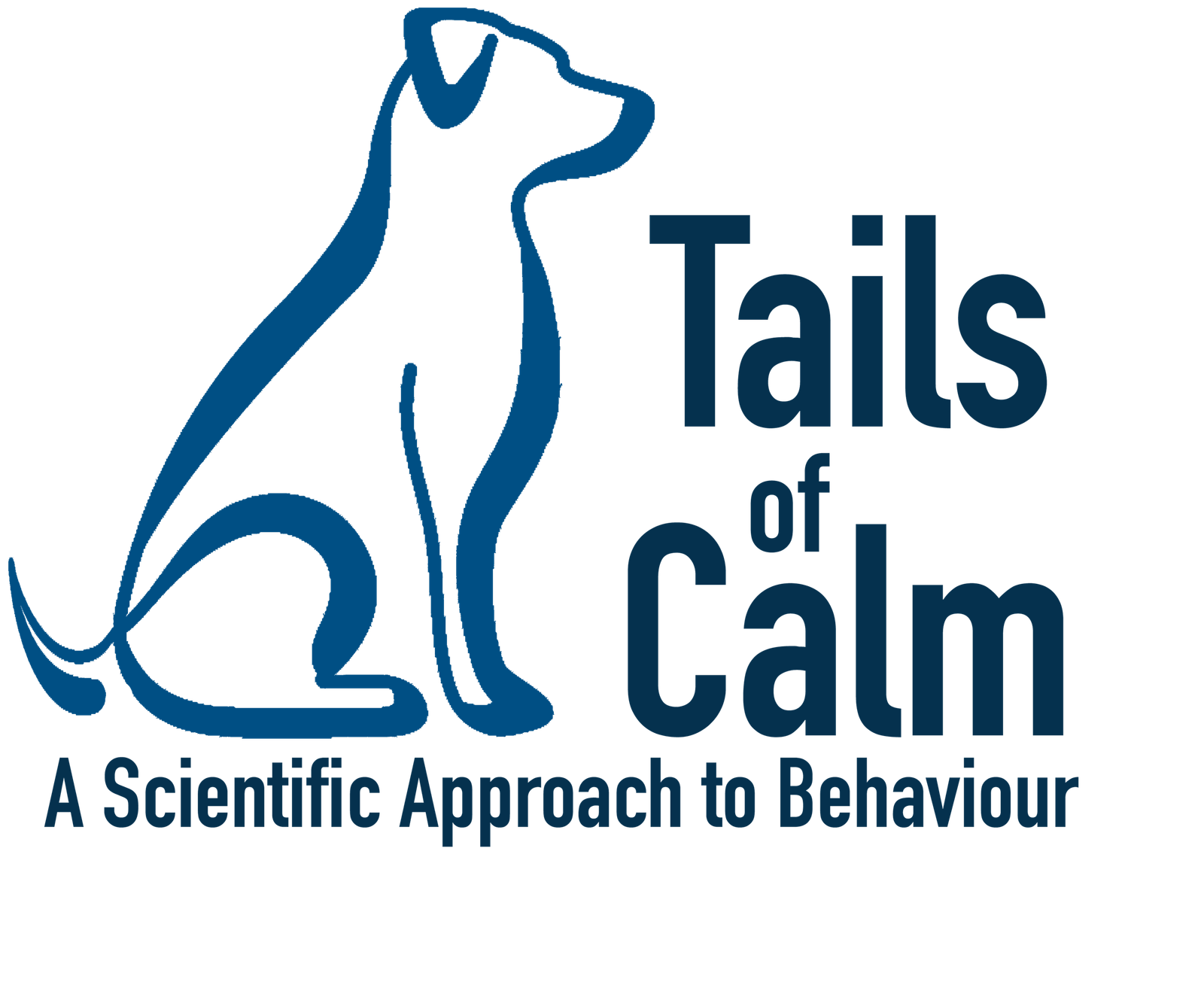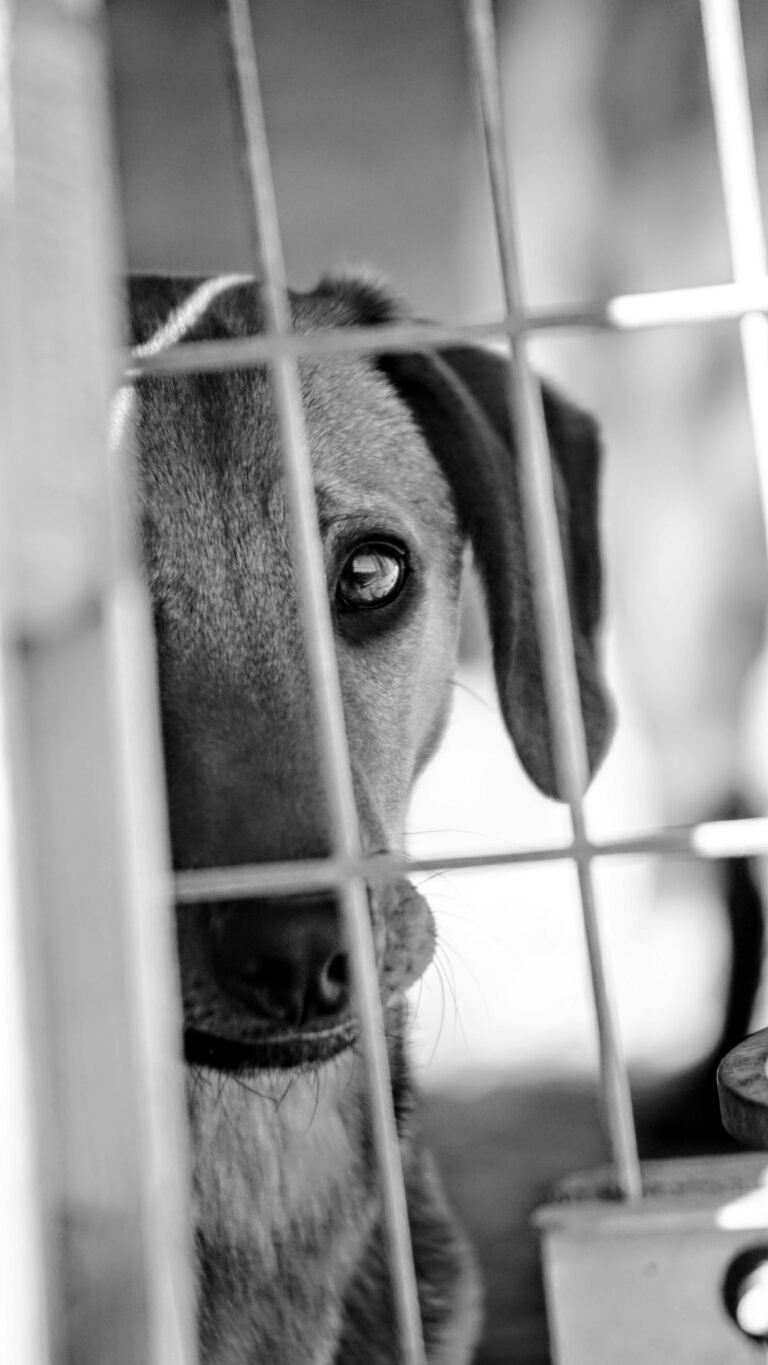When Safety Hurts: Rethinking Shock Collars and Underground Fences
The Unpredictability of Shock, Chronic Anxiety, and Canine Well-Being
K Miri
There is no sound justification for the use of shock collars on dogs. A physical fence that clearly marks the area dogs are allowed to access is the most reliable and humane option.
When dogs receive shocks in their own backyard, it can lead to chronic stress—an ongoing state that often surfaces through behavioural changes such as excessive barking, restlessness, or reactivity. Chronic stress is harmful to any animal’s emotional and physical well-being.
Stress signals can be subtle and are often missed. Lip licking, yawning that occurs out of context, and changes in vocalization—like increased barking—may all indicate a dog is experiencing discomfort or anxiety.
If a dog had truly learned where the boundary was, the shock collar would no longer be necessary. But the continued use of the collar suggests the dog hasn’t internalized the boundary. With invisible fencing systems, especially those covering large areas, it’s extremely difficult for dogs to learn precisely where the boundaries are. This creates a situation where they may be shocked at times and in locations that are unpredictable from their perspective.
For the dog, going outside becomes a gamble—it might mean playtime, or it might mean pain. That unpredictability can cause significant anxiety and lead to a persistent state of stress. Because the shock cannot be reliably avoided, the dog remains unsure and on edge, unable to relax fully even in familiar spaces.
Understanding these dynamics can support better choices for dogs’ emotional safety and long-term well-being. Creating a predictable, safe outdoor environment—free from pain and fear—allows dogs to thrive.
Related Videos






